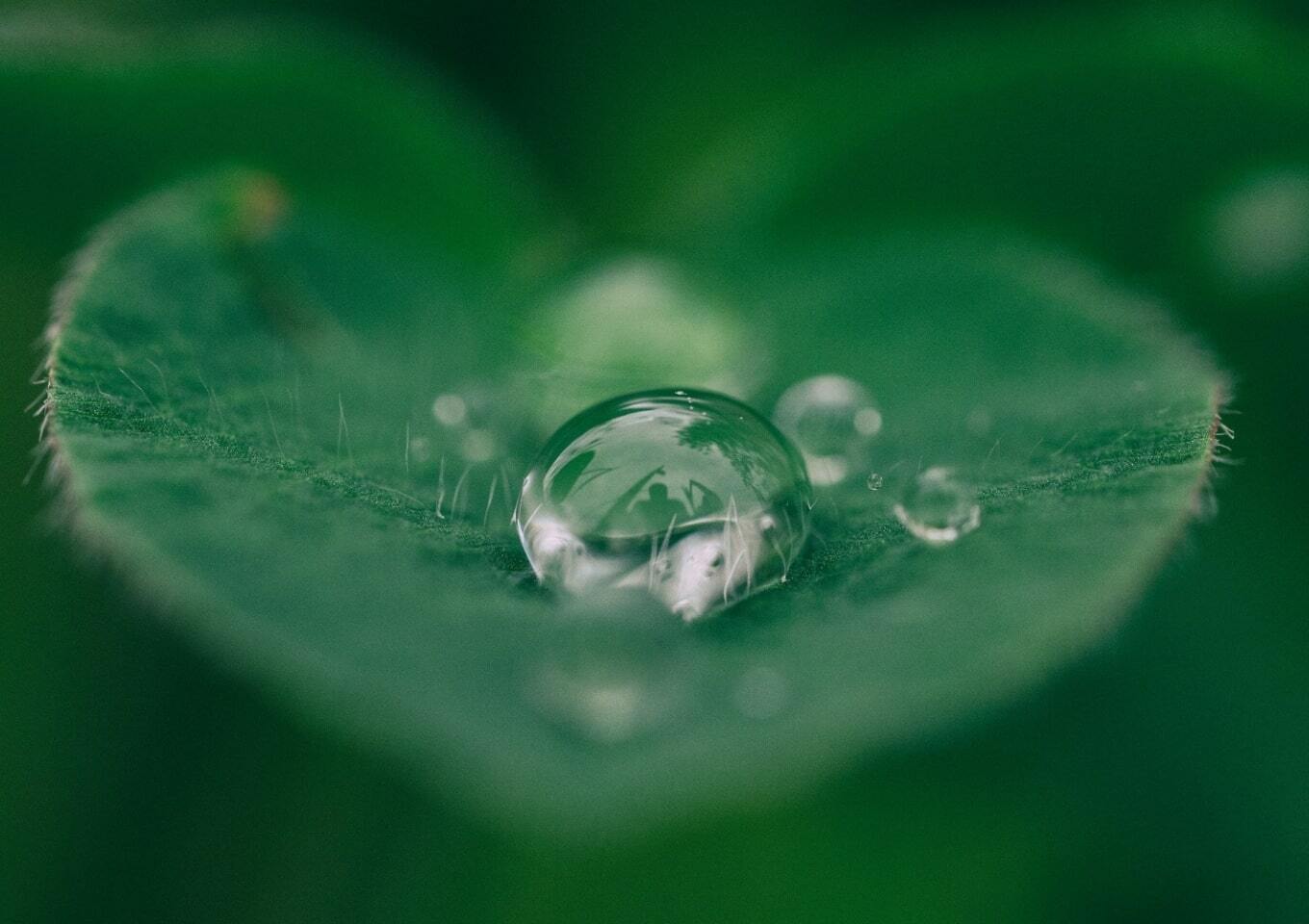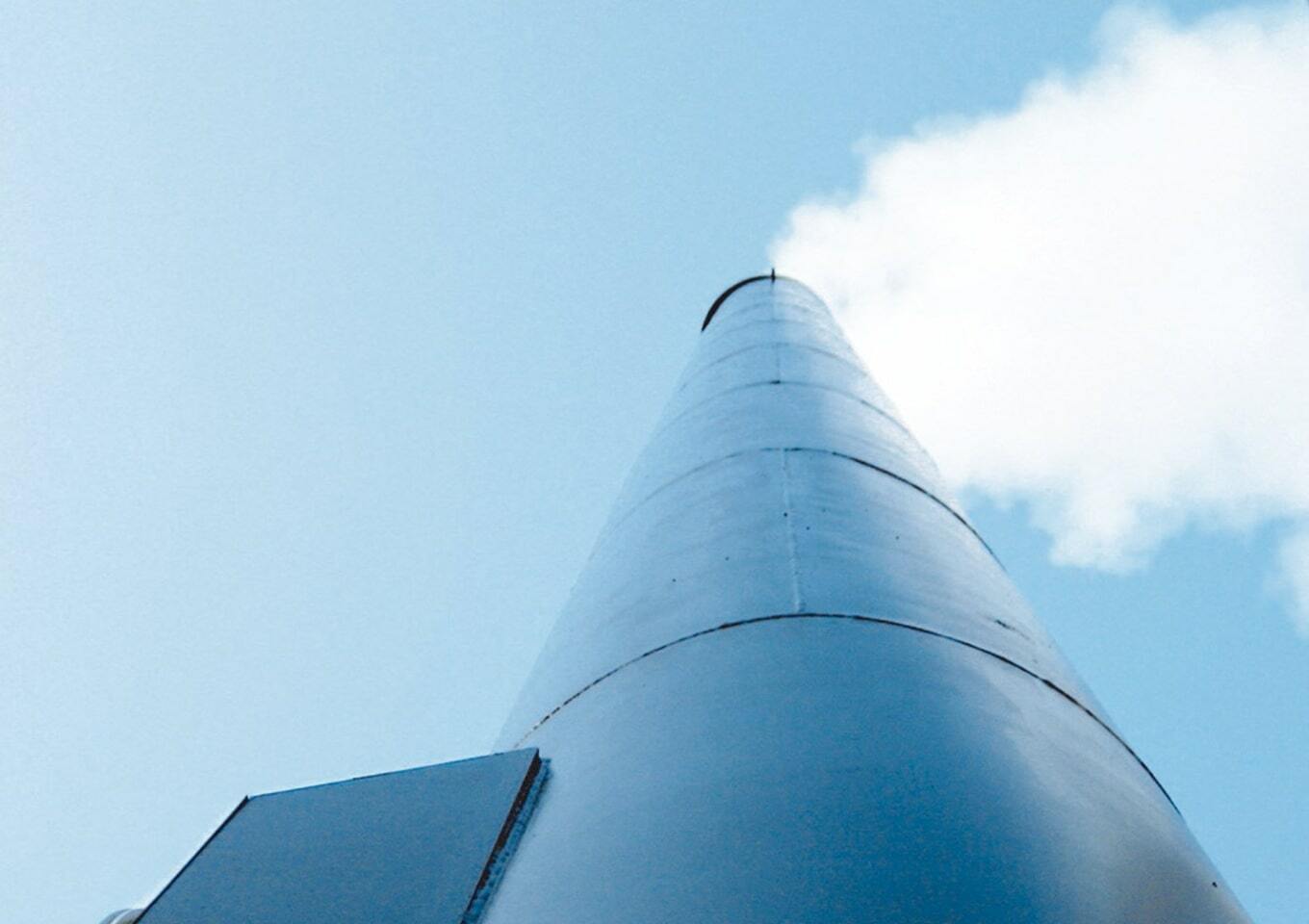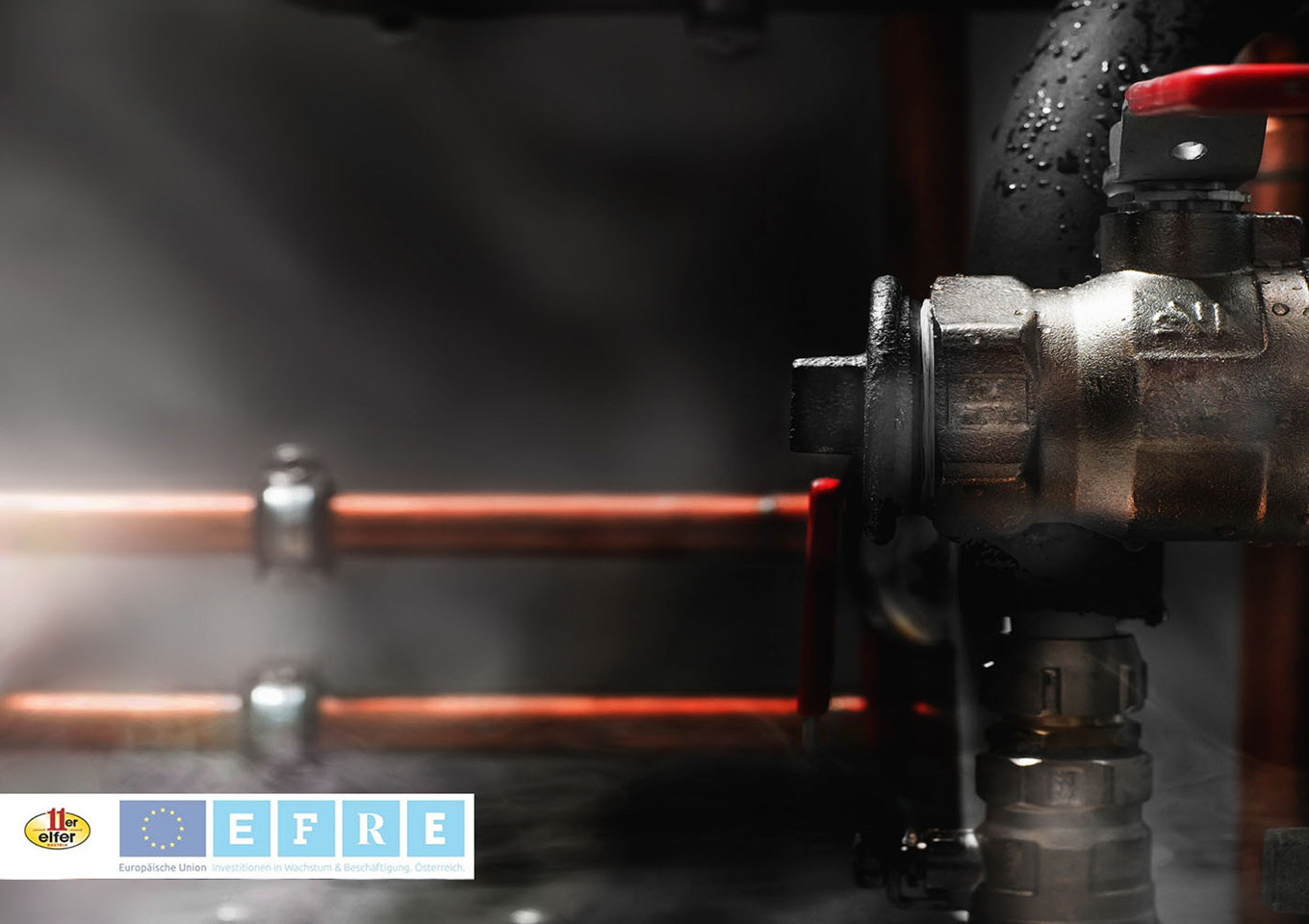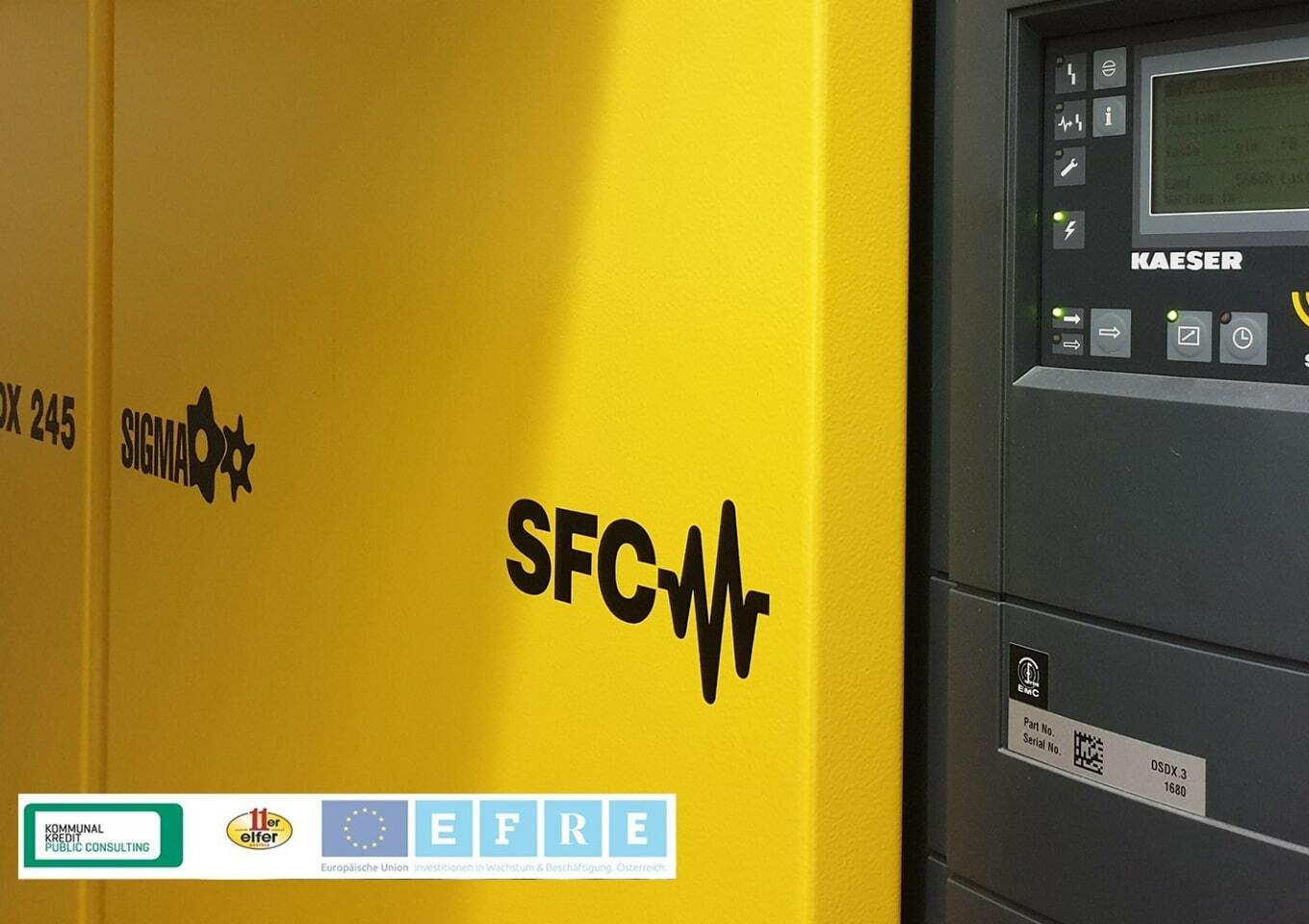
Environmental Management
This is where you will find information about various projects that are being implemented directly on site. The measures in these projects also come together in the “11er Climate Initiative” and help us avoid, reduce and compensate CO2.
100% green electricity from hydroelectric power

All of the electricity we use for our daily operations comes from hydroelectric power and helps us to further expand our “11er Climate Initiative”. By using electricity from hydroelectric power, we avoid around 6,500 ton of CO2 compared to the German electricity fuel mix.
Deep-freezing with solar energy

By building and expanding our own PV systems on the roofs of our production and deep-freeze warehouses, we are able to use the power of the sun effectively. Whenever the sun is at its strongest, we need a lot of energy to freeze our 11 potato specialities.
Thus, since 2021, we have been using the solar energy gained and independently cover part of the energy demand for deep-freezing.
The biogas plant on our premises

New plant saves up to 5,500 tons of CO2 every year
Through the commissioning of the new, higher-capacity biogas plant in 2017, we reached a new milestone in terms of sustainability and can now save up to 5,500 tons of CO2 every year. All of our production residues are converted into biogas of a fuel quality in the new plant. This fuel is in turn used in the daily transport of our potatoes. Click here to learn more about our energy cycle.
Just how does a biogas plant work?
Biomass such as potato peelings is decomposed by an anaerobic process, i.e. without oxygen, in a biogas plant. Adding microorganisms starts a fermentation process that in turn produces the biogas. This means that we can not only avoid CO2 but also contribute to offering alternative sources of energy and help to improve environmental protection.
Reducing volumes of water and CO2 by wastewater treatment

We need water to produce our 11er potato specialities. With our own wastewater treatment plant, we can recycle the large volumes of water that are used in our production process. At the same time, we can so reduce our CO2 emissions. We are convinced that water-saving and energy-efficient plants have to be used, above all in production, if we want to make a lasting contribution to climate protection.
Consistent use of waste heat

A lot of energy is needed in the production of deep-frozen potato specialities, to heat up process water, for example. Furthermore, a great deal of heat is also generated by various production processes such as deep-frying, steam peeling or blanching.
A heat recovery system lets us use this waste heat in our own production. This is as lasting benefit for us because it lets us avoid unnecessary CO2 emissions. The waste heat generated in our heat recovery plant is then used to heat up approx. 70,000 litres of water for production in our company every single day.
Increasing the use efficiency of the refrigeration system

The aim of this project is to greatly increase the use of heat from the refrigeration system. To this end, we are optimising and making heat management more flexible, so as to develop new possibilities for use. A heat level of 85 °C is required so that the heat can be used all year round for production processes and heating purposes.
This is achieved via a large buffer storage tank, which is raised to the required high temperature level of 85 °C by supplementary heat from a CHP (combined heat and power) plant. By extending the possibilities for heat utilisation, natural gas can be substituted and further CO2 savings of around 360 t/a can be realised in the long term. The planned measure consists of a 70,000 l buffer storage tank, supplementary HVAC technology, approx. 300 m of district heating pipe and the necessary electrical and control technology.
More information about IWB/EFRE can be found at www.efre.gv.at
Optimising the steam boiler plant

The project makes sense for use because optimising the plant also helps increase the efficiency of the steam boiler. The furnace has to be upgraded and made more flexible for this purpose.
This optimisation of the steam boiler plant saves natural gas and electric power so that in the long term, a further CO2 reduction of around 95 t/a can be achieved. This package of measures consists of replacing the furnace (gas burner) by a new combustion air blower with O2 and CO regulation, including the necessary electrical and control technology.
More information about IWB/EFRE can be found at www.efre.gv.at
Compressed air optimisation with heat recovery

The project aims to increase the efficiency of compressed air generation by optimising the system. This calls for an upgrade of the compressor plant.
Upgrading the compressed air system saves natural gas and electric power so that in the long term, a CO2 reduction of around 210 t/a can be achieved. The main components of the planned measure consist of a new air compressor with built.-in heat recovery, including higher-level control technology.
More information about IWB/EFRE can be found at www.efre.gv.at
Heat recovery from the production refrigeration system

The planned heat extraction from a production refrigeration system of 1 MW with a temperature level of 35°C/25°C will be used by our company to supply the central heating energy for the new ventilation systems. These require a heating power of around 2.6 MW, power that can now be provided primarily and for at least 3,500 hours each year from the heat loss from the refrigeration system.
The new heat extraction from the refrigeration system can help avoid CO2 emissions of around 970 t/a in the long term through savings in natural gas. The reduced operation of the evaporative cooling towers also leads to a lasting added value of the planned investments. The project consists of the installation of a heat exchanger including cooling and heating piping.
More information about IWB/EFRE can be found at www.efre.gv.at
Renewal of the process refrigeration system on line G with climate-friendly refrigerant

The existing refrigeration system from 1991 will be replaced in the foreseeable future on account of its age. Replacing the current system will improve the energy efficiency within the company and reduce the energy consumption by roughly 355,000 kWh per year. At the same time, we will be switching to ammonia, a climate-friendly refrigerant with a GWP (Global Warming Potential) of 0.
More information about IWB/EFRE can be found at www.efre.gv.at
